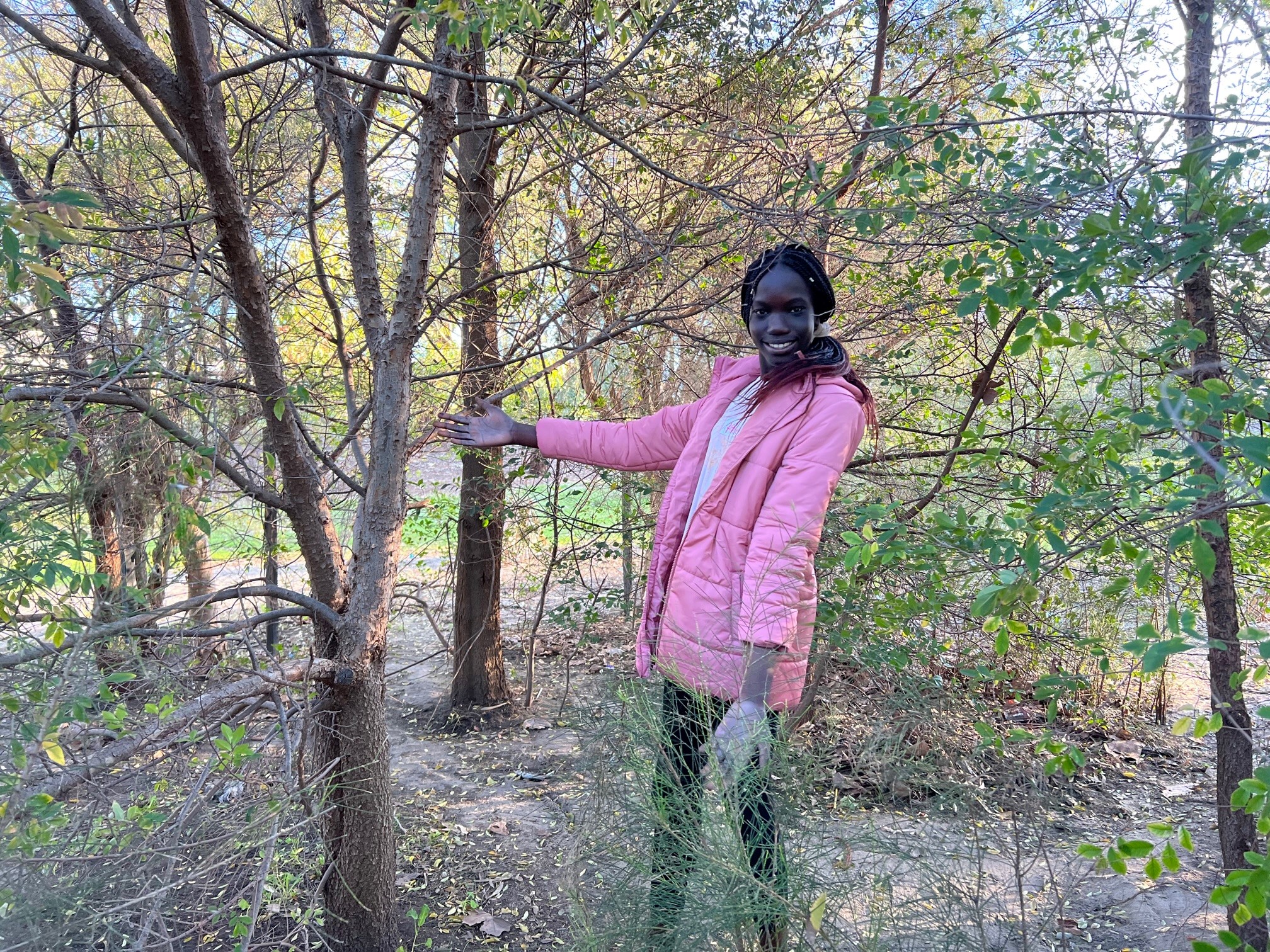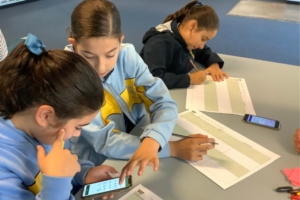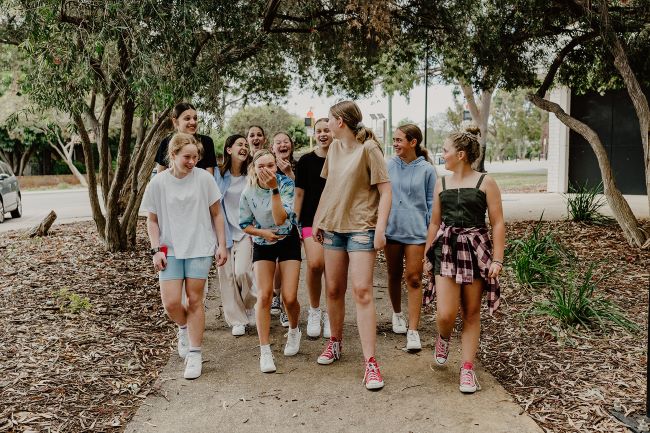As I was preparing to send our kids off for a new school year, I had in mind that this article should encourage and remind adults how beneficial walking and riding to school is for kids. It offers so many social, emotional and physical benefits and I delight in reading the newest research demonstrating these benefits. It’s good news in what can otherwise be a pretty heavy-weighing news cycle.
But then I did a practise ride to the new school with my middle child. It’s not far – approximately 2.6km with “gentle hills” according to Google Maps. We happened to set off a little after 3pm – the same time he’d be riding home most days. It wasn’t a particularly hot day but the sun was relentless because there was no shade. The new trees planted along the bigger roads will not offer any canopy for at least another five years, and long stretches had shrubs lining the footpath, offering no shade. We arrived home hot, tired and a bit cranky. None of the benefits I have seen mentioned in the literature.

All these factors contribute to lower rates of physical activity and connection, kids arriving to or from school hot, tired and cranky, and usually ends in kids pleading to be driven instead. It made me think that planners and policymakers probably aren’t asking kids what they want. It’s a missed opportunity every time we fail to check in with our future. With this in mind, I checked in with some kids. “Should I write an article about the need for more trees and kid-friendly communities, or should I write about the need to listen to kids?” They said, “Listen to kids. If adults listened to kids, then you wouldn’t need to write about needing more trees!”
Nature Play WA has recently put kids’ views and ideas at the forefront of our projects and I’m absolutely serious when I say that the projects are the better for it.

Once we start asking kids their views it seems absurd that we have been designing things for them without their input. Surely kids should have a say in their commutes to school, school grounds, learning experiences, community play and recreation spaces, clothes they wear, bikes they ride… Their future. Dare I say it? The right to speak, be listened to, and even vote. We don’t ask those on the cusp of adulthood about the policies that will impact them the longest. We adults get to vote regardless of how much or little we understand of politics and policy. I can’t help but wonder if it’s their moral clarity that we fear.
Why there are no trees along pathways isn’t the only thought-provoking question that I’ve been asked by a young person lately. I’ve been asked why poor people have to pay for food (Isn’t it a human right to be able to eat?); why only one family would live in such a big house when there are so many homeless people; why would we celebrate a day that is sad for Aboriginal people?
The point is that kids know what is right and good. They haven’t had their thinking clouded by adult justifications and they challenge us to do things differently – better. They have told me that they want to share their ideas, they want to be listened to respectfully, and treated kindly by adults. They want time with family, they want more trees and for animals to be safe. They want everyone to have food and all kids to get birthday presents. They want everyone to have a home.
My suggestion is that the next time we need to test a new policy to tackle a big issue, instead of giving it the pub test, we should give it the future test – ask the kids.

